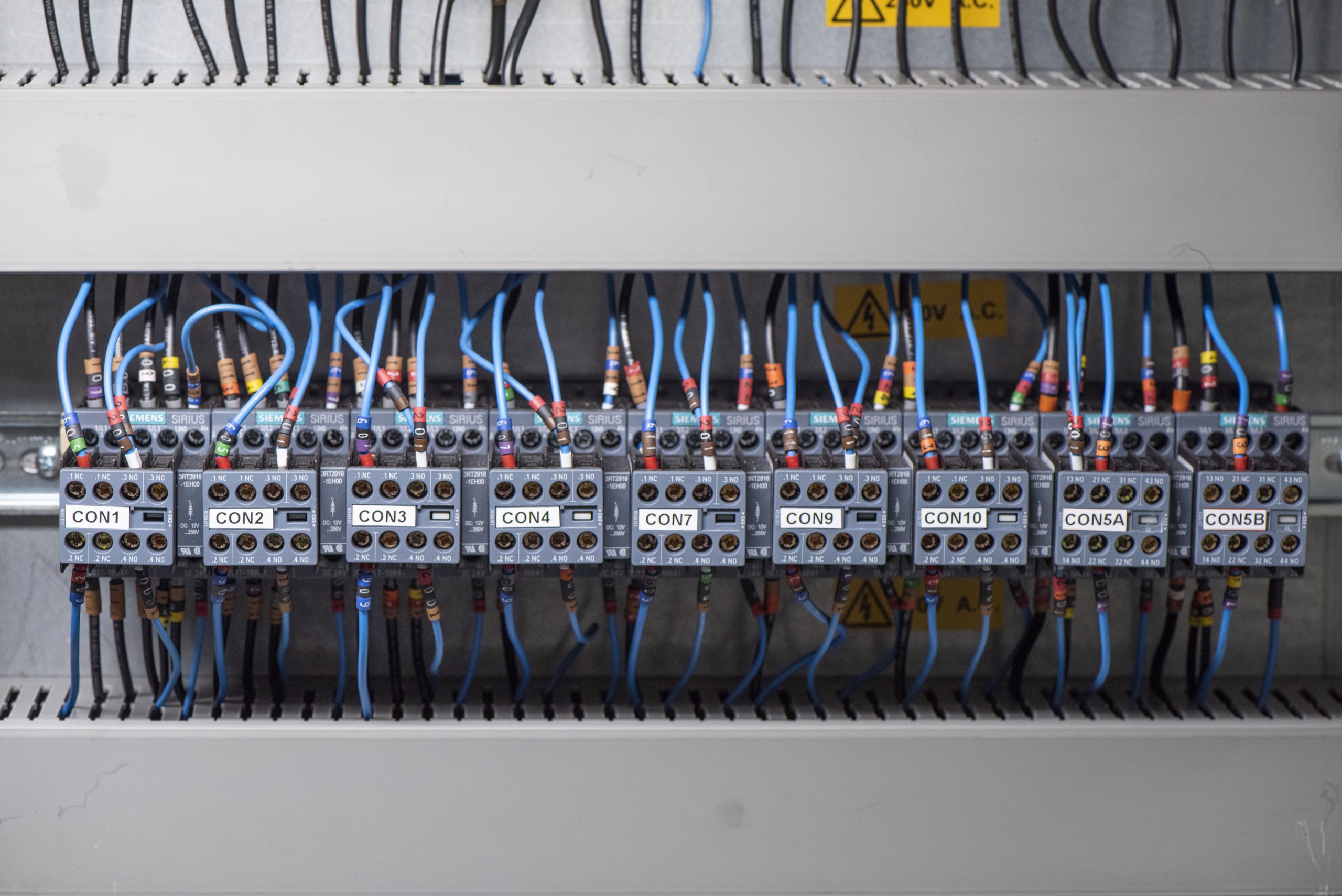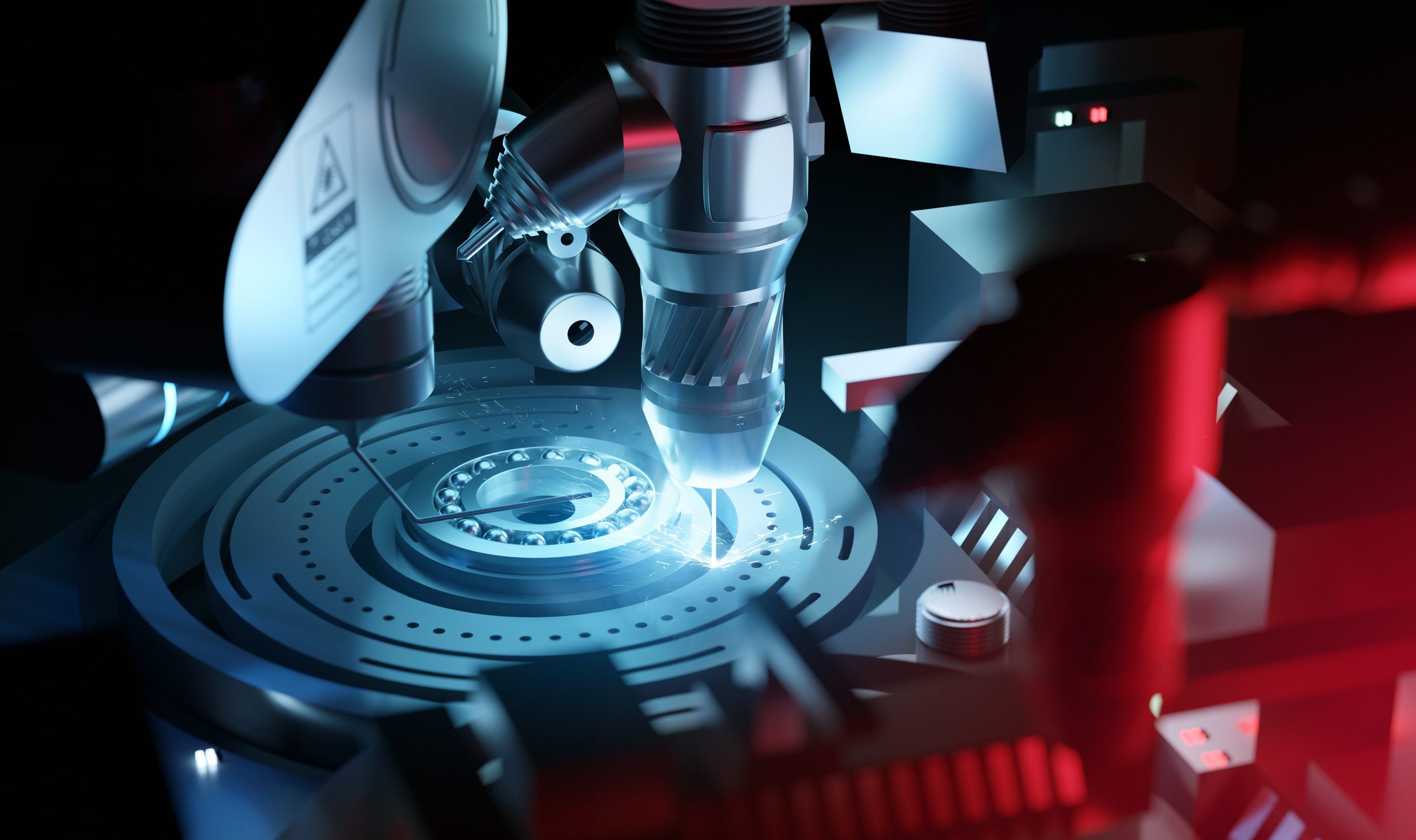Removing the Bottleneck in Welding Electrical Conductors for EVs
Introduction
The need to increase the rate of joining electric-conducting components is of critical importance to the electric vehicle sector, as it is emerging as the bottleneck of manufacturing.
The components of significance are electrical connectors and wires that can be sub-millimetre thick foils or several millimetre thick rectangular section wires. Typically, copper is used for these components due to its low cost, high electrical conductivity, and plentiful availability. Most high-throughput manufacturers choose laser welding as their joining process due to the high thermal conductivity of copper and the low thermal input that is required for the components.
Laser Welding of Copper
Laser welding of copper is challenging, primarily due to the wavelengths of commercially available lasers typically being red and infrared. These do not couple into copper easily due to the high reflectivity. The reflectivity also contributes to limiting the beam angle of incidence, meaning the process must integrate mechanical repositioning of the welding head.
The short focal depth of field of a welding laser also creates a high failure rate in the manufacturing. It requires high-precision machines in the manufacturing line to ensure the parts are prepared and held accurately at the correct working distance so that the weld executes correctly and repeatably.
These drawbacks experienced when laser welding copper are issues that are not relevant to electron beam welding.
The Advantages of Electron Beam Welding
Electron beam welding suffers no reflectivity issues that prevent it from coupling into materials. Furthermore, the focal depth is multiple times longer and is rapidly adjustable during the process as the focusing is performed by electromagnetic coils.
The rapid speed of beam positioning by electromagnetic coils and commercial availability of significantly higher beam power supplies are the most important advantages in allowing electron beam to process hundreds of thousands of copper welds per minute.
The rapid rate of processing means the seconds taken for the vacuum chamber to evacuate ready for welding become negligible. Furthermore, the fact that the welds are performed in a vacuum chamber mean the resulting weld has no porosity and impurities in the connection, optimizing electrical performance and vehicle efficiency.
Conclusion
CVE build both laser beam and electron beam welding machines, as well as tailor them with numerous customisations for specific manufacturing requirements. In June, we launched a new electron beam welding machine for electric vehicle components including batteries, shunt resistors, motor stators, hairpins, and inverters.

